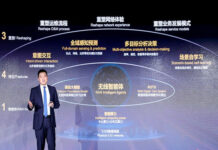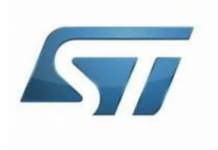Owl Autonomous Imaging announced the availability of a short whitepaper that explains the new technologies that will enable next generation cars to successfully see in pitch darkness and crowded, chaotic urban landscapes – to reduce collisions with pedestrians and other warm objects on the road – such as large animals, bicyclists, motorcyclists, etc.
This new whitepaper describes how Owl AI combines thermal cameras and artificial intelligence to perform all of the steps needed to protect pedestrians. First, Detect – find warm objects on the road ahead. Second, Classify – determine that it’s a person or an animal that the car should avoid. And then, finally, Initiate Action – send a message to the driver to stop or avoid the person, and, if the danger is imminent, alert the car’s automatic braking system to stop the car and avoid a collision.
This whitepaper walks engineers and developers through many of the steps needed to develop, build and implement a successful Pedestrian Automatic Emergency Braking (PAEB) system.
“When imaging pedestrians from a vehicle, two requirements contribute significantly to the likelihood of successful detection—sufficient detail to separate pedestrians from the background and a broad enough field of view to assure that all vulnerable pedestrians are seen”, says Chuck Gershman, CEO & Co-founder of Owl Autonomous Imaging. “Combining these requirements defines the resolution required in the camera viewing the scene. This calculation is worth reviewing to facilitate the selection of suitable cameras and lenses appropriate to pedestrian detection.”
Because of detailed imaging requirements for PAEB applications, Owl Autonomous Imaging developed an entirely new sensor specifically for this purpose. In addition to providing tailored coverage and resolution, this sensor, now nearing release, uses leading-edge technologies to deliver small image size to minimize optics bulk, proprietary on-chip pixel processing to eliminate the need for calibration shuttering, and wafer-scale packaging to bring thermal imaging into a cost range that permits use in every vehicle.
Combining the new Sensor, Thermal Camera module, and AI software, the new Owl Thermal Ranger provides:
1 – 24/7 effectiveness
2 – curb-to-curb coverage
3 – enough range to support the NHTSA 62 mph (100 km/h) proposed rule (180 m performance vs. 125 m requirement)















